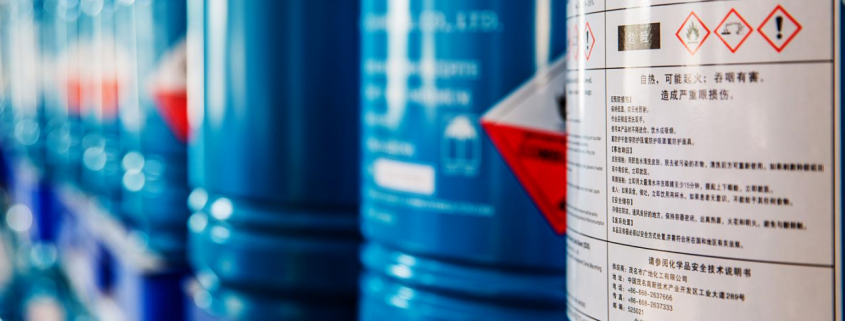Impact of COVID-19 on the Sodium Hydrosulfite Market
During the COVID-19 epidemic, the global Sodium Hydrosulfite market is estimated to be USD 1.2 billion in 2020 and is expected to reach USD 1.4 billion by 2027, with a compound annual growth rate of 2.4%.
Wood pulp bleaching is one of the main uses of Sodium Hydrosulfite. Taking into account the business impact of the COVID-19 epidemic and the economic crisis caused by it, it is estimated that by 2027, the wood pulp bleaching market will reach 536.4 million U.S. dollars, with a compound annual growth rate of 3.1 %. The growth of the textile industry was adjusted to a compound annual growth rate of 2.2%.
Guangdi Chemical Co., Ltd. is the largest sodium hydrosulfite(sodium dithionite) manufacturer in China, located in the Maoming National Hi-Tech Industrial Development Zone in Guangdong. Guangdi’s business covers the production, storage, transportation, sales, and service of chemical products. The ECO Passport and ZDHC Certificate assure the top product quality of Guangdi products.
In 2020, the US Sodium Hydrosulfite market is estimated to be USD 320.4 million. As the second-largest economy in the world, China is expected to have a market size of 280.7 million U.S. dollars by 2027, with a compound annual growth rate of 4.7%. Other notable regional markets include Japan and Canada. Between 2020 and 2027, the sodium dithionite market is expected to grow by 0.5% and 1.8% in this region, respectively. In Europe, Germany is expected to grow at a compound annual growth rate of approximately 1.1%.
Regarding the Mineral Ore Flotation industry, the United States, Canada, Japan, China, and Europe will drive the expected 1.5% compound annual growth rate in this field. The total market size of these regional markets in 2020 is 44.5 million U.S. dollars and is expected to reach 49.5 million U.S. dollars in 2027. China will remain one of the fastest-growing countries in this regional market cluster. Latin America will grow at a compound annual growth rate of 2.6% throughout the analysis period.



